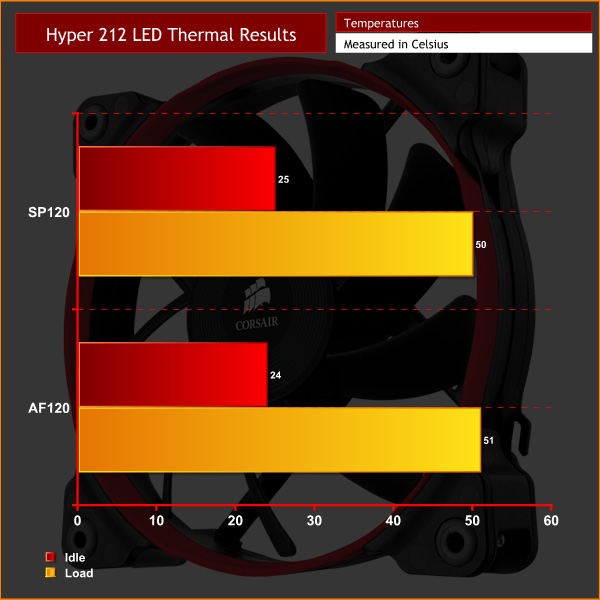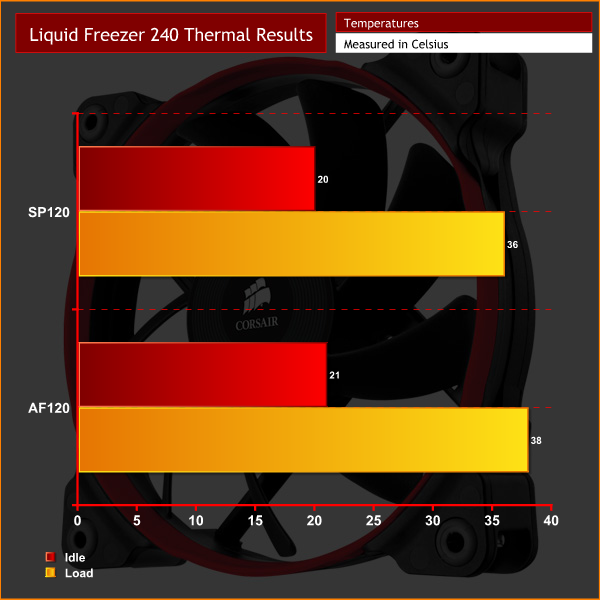Testing methodology
To get accurate data from comparing the static pressure fans to the airflow models, it was very important I devised a scientific and easily repeatable test. Most importantly, however, any test would have to be relevant to the average consumer – so using a £5000 custom watercooled PC would not have been the smartest move, for example.
Accordingly, I devised a simple test where the only changing variable was whether I used a static pressure or an airflow fan. Here's what I did:
First, I built the system for testing in the Kolink Aviator V chassis. This case features three fans out-of-the-box, with two fans intaking at the front of the chassis. This means our components are supplied with a good amount of air. In the system I used an Intel i7-5820K, MSI X99A SLI Plus motherboard, 16GB of Panram Ninja V DDR4, a Sapphire R9 285 ITX GPU, an OCZ Trion SSD and a Corsair RM750x PSU.
As for the all-important CPU cooler, I decided to pick two – the Cooler Master Hyper 212 LED air cooler, as well as the Arctic Liquid Freezer 240 all-in-one liquid cooler. This way we can assess whether static pressure vs airflow fans makes much difference whether you are using a radiator or a more typical heatsink tower.
As I have already mentioned, the specific fans I used are the Corsair SP120 High Performance Edition and the AF120 High Performance Edition models. These are particularly good for testing today as they are popular fans and are clearly defined as static pressure and airflow fans respectively.
In terms of actual testing, I performed two tests per cooler – one using the SP120s, and another using the AF120s. For the Hyper 212 LED I used a single fan in a push configuration, while for the Freezer 240, I used two fans in a push configuration.
To get a temperature reading, I ran Prime 95's (version 26.6) Small FFTs test for 10 minutes before noting down the maximum CPU temperature. I also used an NZXT Grid+ V2 fan controller to lock all the system fans – CPU and chassis fans – to a 50% speed, ensuring PWM control does not influence the testing today.
Results
 KitGuru KitGuru.net – Tech News | Hardware News | Hardware Reviews | IOS | Mobile | Gaming | Graphics Cards
KitGuru KitGuru.net – Tech News | Hardware News | Hardware Reviews | IOS | Mobile | Gaming | Graphics Cards




